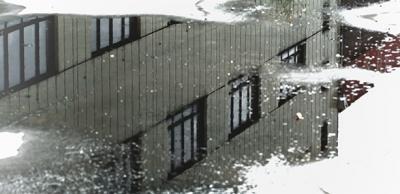The dos and don’ts of mortar
Masonry is one of the oldest, most established building techniques, but its strength lies in the correct use of mortar, which plays a vital role. There are several things you need to do such as selecting mortar according to exposure conditions and chosen brick and blockwork properties. You also need to allow for movement, particularly when mortar strength is required for structural reasons.
Here’s a quick guide to the dos and don’ts of using mortar.
Mortar dos and don'ts
Don’t
- Don’t mix mortar when the air temperature is at or below 2 degrees and falling.
- Don’t use sand or semi-finished mortar containing ice particles.
- Don’t lay mortar on frozen surfaces.
- Don’t add calcium chloride (accelerator for concrete curing), ethylene glycol (antifreeze), washing up liquid or mixtures containing these materials to protect against freezing or for any other purpose.
- Don’t use air, entraining or other admixtures unless specified by the designer and/or manufacturer’s recommendations.
- Don’t rely on volumes by the shovel as you might end up with inconsistent mix proportions and variations between batches that could affect strength, durability and colour.
- Don’t knock up mortar when it has begun to set.
Do
- Use suitable waterproofing to protect newly built work from rain and frost.
- Use the ‘wetting method’ on highly absorbent clay bricks to reduce their suction in hot weather.
- Use a carefully selected prescription mix and a suitable mechanical mixer for site-batched mortar mixing.
- Add plasticisers and other additives to the mortar mix to improve workability, but only if needed.
- Use only products specifically designed as a mortar additive.
- Use pre-mixed or factory-made mortar to ensure consistency throughout.
For more information refer to the LABC Warranty Technical Manual.
Please Note: Every care was taken to ensure the information was correct at the time of publication. Any written guidance provided does not replace the user’s professional judgement. It is the responsibility of the dutyholder or person carrying out the work to ensure compliance with relevant building regulations or applicable technical standards.
Sign up to the building bulletin newsletter
Over 48,000 construction professionals have already signed up for the LABC Building Bulletin.
Join them and receive useful tips, practical technical information and industry news by email once every 6 weeks.
Subscribe to the Building Bulletin




Comments
Add new comment